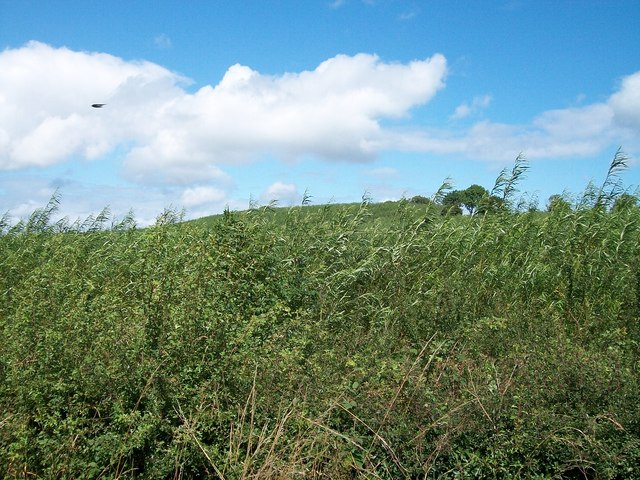


Nous avons élaboré plusieurs scénarios pour calculer la rentabilité des TCR sur ces terres. À l’aide d’un tout nouveau modèle de couverture terrestre, nous avons relevé près de 405 500 ha de terres à vocation agricole dans tout le du nord de l’Ontario. Les plantations cultivées à cette fin peuvent servir comme source de fibres indépendante ou être utilisées de concert avec des sources comme les forêts naturelles ou les résidus ligneux. Une fois établies, les plantations en taillis en courte révolution (TCR) peuvent être coupées sur des rotations d’environ trois ans jusqu’à ce qu’elles aient atteint l’âge de 22 ans. RésuméĪvec une abondance apparente de terres agricoles abandonnées et sous-utilisées dans le nord de l’Ontario, on s’intéresse désormais à l’aménagement forestier sur des rotations courtes pour produire de la bioénergie et possiblement d’autres bioproduits. A number of technological and price changes could increase the attractiveness of SRC systems in Northern Ontario, including decreases in establishment and management costs (while maintaining yield expectations) and improved cultivars offering increased yields. Thus SRC would need to produce biomass at a comparable cost to be a competitive option. This farm gate biomass price represents roughly current traditional biomass prices paid. Although SRC involves a considerable up-front investment, our simulations suggest a significant amount of land could have a break-even biomass price of $85/oven-dried tonnes (ODT) (+/- $5/ODT) at farm gate. The analyses are intended to reflect a broad range of expectations on physical yields and prices, including management costs. Numerous scenarios were developed to calculate SRC profitability on these areas. Using a recently developed land cover model we found that approximately 405 500 ha of agricultural-type land exists across Northern Ontario. Purpose-grown plantations such as these could be used as stand-alone sources of fibre or used in conjunction with sources such as natural forests or woody residues. Once established, Short Rotation Coppice (SRC) plantations can be harvested on (roughly) three-year cutting cycles until about age 22. With an apparent abundance of idled and under-utilized agricultural land in Northern Ontario, there is interest in the ability of short-rotation forests to supply bioenergy and other possible bioproducts.


 0 kommentar(er)
0 kommentar(er)
